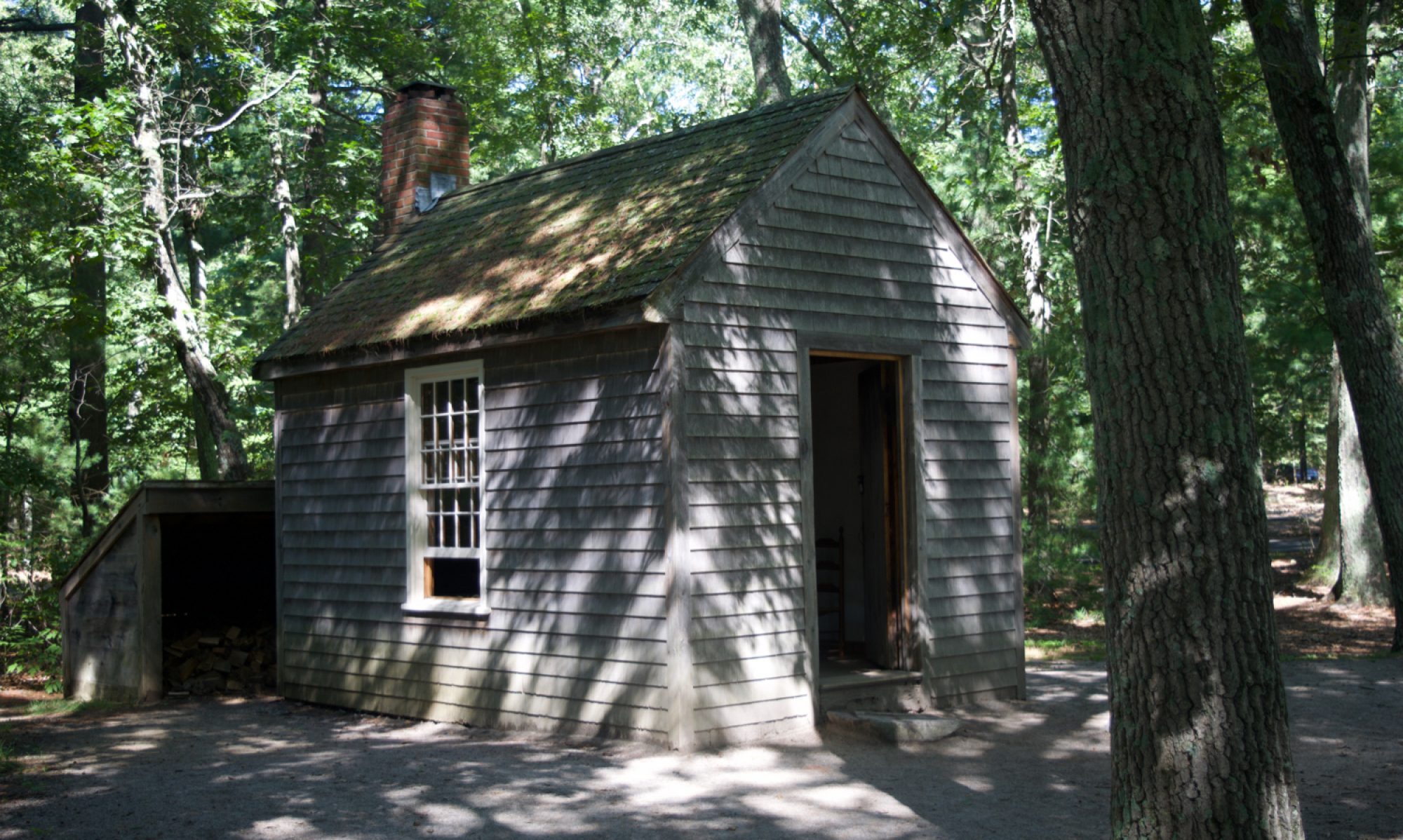 You may know Jonathan Meades for his quirky and often brutally frank documentaries about architecture, and in the first of his 1990 series “Abroad in Britain” he visits a then-surviving plotland community in Bewdley on the river Severn in the West Midlands. Early in the programme is this striking aerial scene showing the huts, cabins, and chalets along the riverbank and going back into the countryside, accompanied by Howard Davidson’s sweeping music:
You may know Jonathan Meades for his quirky and often brutally frank documentaries about architecture, and in the first of his 1990 series “Abroad in Britain” he visits a then-surviving plotland community in Bewdley on the river Severn in the West Midlands. Early in the programme is this striking aerial scene showing the huts, cabins, and chalets along the riverbank and going back into the countryside, accompanied by Howard Davidson’s sweeping music:
Meades clearly loves the place, and sees it as part of the wider twentieth century struggle between planners, academic architecture, and commercial developers on one side and ordinary people wanting some rural land to build a weekend retreat on.
Where suburbs were so often filled up with fake versions of rural buildings that just yielded another form of urban uniformity, the huts, shanties, cottages, and chalets of the plotlands are an authentic vernacular architecture.
Central to this is the idea of bodging. That is turning the available components and materials into the thing you need:
The idea of DIY has been traduced by the ubiquity of places such as this. The letters DIY nowadays constitute a sort of lie. You do it certainly, but you don’t really do it yourself. You may perform the physical act of hammering … but all you actually do is assemble a kit of parts, which obviates the necessity of bodging, and it obviates too the necessity of thinking. Kits are agents of uniformity. The true bodging tradition depends on having the nouse to realise that everything under the sun is mutable. That every object is fit for transformation from its original purpose. So every railway carriage is a potential luxury shack.
 Meades conducts the whole programme dressed in his trademark dark business suit, and where required by sunshine, dark glasses. Here he is rowing down the river Severn in this outfit. To be fair, he does have a pair of black wellies that he sports in the intro and where necessary when trudging across fields to examine abandoned huts.
Meades conducts the whole programme dressed in his trademark dark business suit, and where required by sunshine, dark glasses. Here he is rowing down the river Severn in this outfit. To be fair, he does have a pair of black wellies that he sports in the intro and where necessary when trudging across fields to examine abandoned huts.
The programme has lots more of images of the buildings themselves:
Looking today on the Google Maps aerial images and Streetview, it does appear as if many of the huts and chalets are still there, near the Northwood Halt station on the Severn Valley railway line.
[googlemaps https://www.google.com/maps/embed?pb=!1m18!1m12!1m3!1d5882.488930973519!2d-2.326729999999851!3d52.3941703663179!2m3!1f0!2f0!3f0!3m2!1i1024!2i768!4f13.1!3m3!1m2!1s0x0%3A0x0!2zNTLCsDIzJzM5LjAiTiAywrAxOSczNi4yIlc!5e1!3m2!1sen!2s!4v1406536874333&w=600&h=450]




